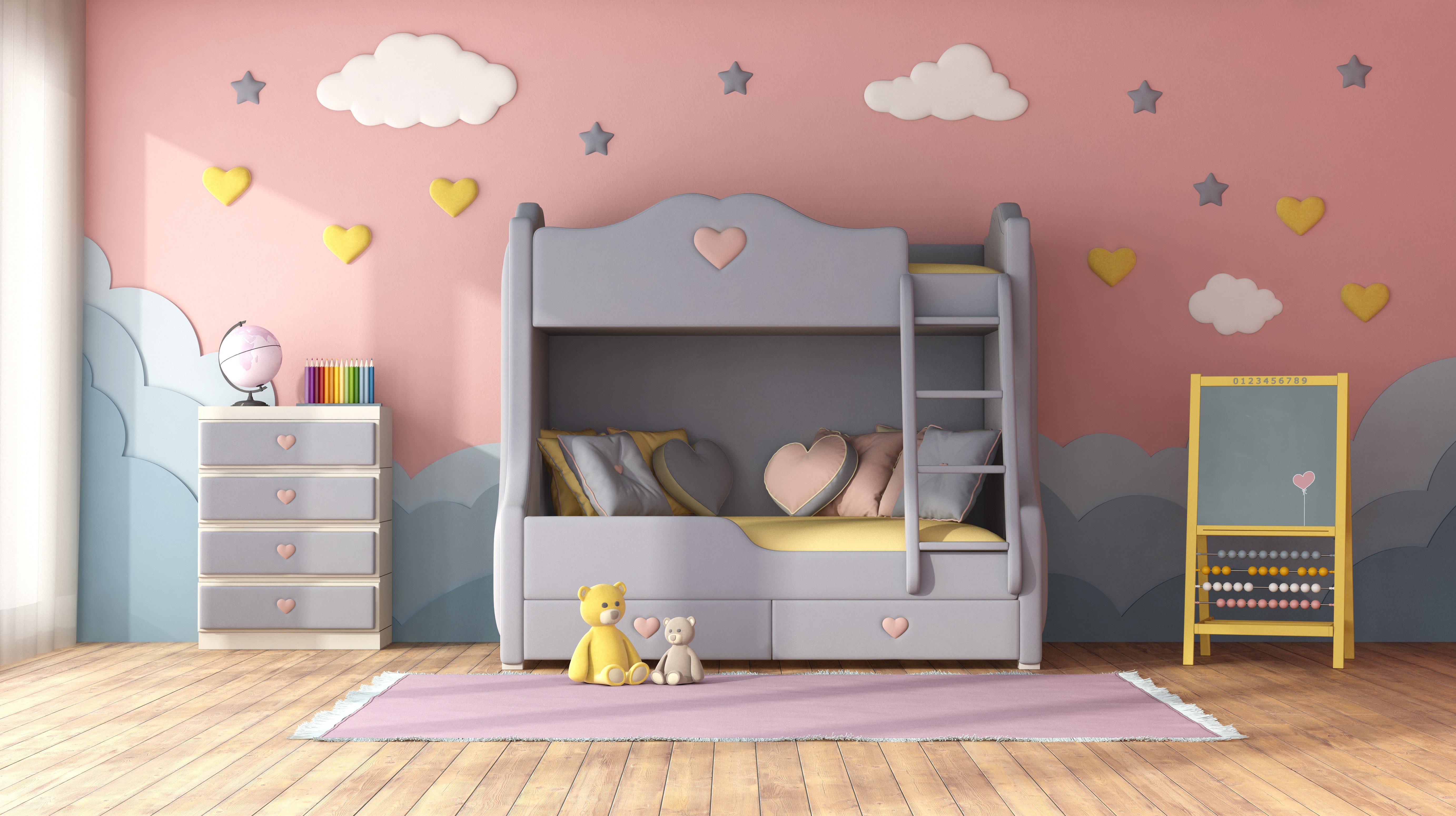Get Rid Of Bunk Beds: 10 Reasons Why You Do Not Need It
Exploring Bunk Beds: A Comprehensive Guide
Bunk beds have actually long been a staple in kids's bed rooms, dorm rooms, and even homes with minimal space. Not just do they provide a useful sleeping service, however they also produce an enjoyable and imaginative environment for children and a great space-saver for adults and families. This short article will check out everything you need to learn about bunk beds, from types and products to safety pointers and purchasing guidance.
Tabulation
- Types of Bunk Beds
- Standard Bunk Beds
- Loft Beds
- Triple Bunk Beds
- L-Shaped Bunk Beds
- Material Options
- Wood
- Metal
- Safety Considerations
- Purchasing Guide
- Frequently asked questions
Kinds Of Bunk Beds
Bunk beds can be found in different designs to suit various needs and preferences. Here's a breakdown of the most common types:
Conventional Bunk Beds
Conventional bunks generally feature 2 beds stacked vertically on top of one another. These beds are perfect for siblings sharing a space or for making the most of sleeping space in visitor spaces.
Loft Beds
Loft beds stand likewise to traditional bunk beds but do not have a lower sleeping location. Rather, they often include a desk or seating area below, making them a great choice for little spaces requiring multifunctionality.
Triple Bunk Beds
Triple bunk beds are developed for three residents, with beds stacked in a three-tier configuration. These are less common but can be an enjoyable service for big households or sleepovers.
L-Shaped Bunk Beds
With one bed placed horizontally and the other vertically, L-shaped bunk beds are frequently equipped with additional features such as desks or storage drawers and can match corner spaces in a room.
Contrast of Bunk Bed Types
Bed Type
Suitable Use
Description
Traditional
Shared bed rooms or visitor spaces
Two beds stacked vertically
Loft
Small rooms requiring multi-purpose space
Upper bed with open space beneath
Triple
Large households or slumber parties
Three beds stacked vertically
L-Shaped
Corner or versatile areas
A mix of vertical and horizontal beds
Product Options
Bunk beds are made from different materials, with wood and metal being the most common. Each material has its pros and cons.
Wood
- Durability: Generally robust and can stand up to years of usage.
- Visual Appeal: Offers a timeless appearance that can mix with numerous decorations.
- Weight Capacity: Typically sturdier; can support heavier weights.
- Downsides: May be more expensive than metal options and can be prone to scratches.
Metal
- Strength: Generally light-weight and simple to move however still tough.
- Modern Design: Often is available in smooth designs, making it appealing for modern spaces.
- Cost-Effective: Usually more economical than wood choices.
- Disadvantages: Can be cold to the touch in winters and might not have the same visual appeal for some buyers.
Safety Considerations
When it pertains to bunk beds, safety can not be ignored. Here are crucial security pointers to bear in mind:
- Guardrails: Ensure that the top bunk has guardrails on both sides to prevent falls.
- Tough Construction: Check for a strong build and durable materials to hold up against weight and motion.
- Weight Limit: Adhere to the maker's weight limitation for both the upper and lower bunks.
- Ladder Design: Choose bunks with a safe, easy-to-climb ladder and prevent any sharp edges or rungs.
- Age Restrictions: Most makers advise that children under the age of six ought to not oversleep the upper bunk.
Purchasing Guide
When searching for bunk beds, consider the following aspects to discover the very best fit for your needs:
- Space Availability: Measure the space size and ceiling height, ensuring there is appropriate space for the leading bunk.
- Bed Size: Decide in between twin, full, or bigger sizes based on your needs and the size of the space.
- Design Preference: Consider the total decor of the bed room to find an ideal design.
- Alleviate of Setup: Look for a bunk bed that is straightforward to put together.
- Budget: Bunk beds are available in different rate ranges, so determine a spending plan before beginning your search.
FAQs
1. What is the recommended age for kids to sleep on the top bunk?
Children aged six and older are generally recommended to sleep on the leading bunk to decrease the risk of falls.
2. How can I make my bunk bed much safer?
To boost safety, guarantee guardrails are appropriately set up and inspect that the bed is positioned on a flat surface area. In Best Rated Bunk Beds , motivate kids to utilize the ladder carefully.
3. Can I transform a bunk bed into two separate beds?
Numerous bunk beds are developed to be convertible. Check the producer's specifications for convertibility functions.
4. What devices are readily available for bunk beds?
Typical devices include beddings, storage drawers, staircases rather of ladders, and tented canopies for a fun visual appeal.
5. How do I preserve my bunk bed?
Regular look for loose screws or structural stability can assist ensure safety. Dust the bed frequently and tidy spills quickly to keep the materials in good condition.
Bunk beds are flexible and a space-efficient service for different living situations, from children's spaces to guest lodgings. With many styles and products readily available, potential buyers have a wealth of choices to think about, making sure a combination of practicality and looks. By focusing on safety and following the ideas described in this guide, people can find the ideal bunk bed that fits their space and way of life, all while creating an enjoyable sleeping environment.
